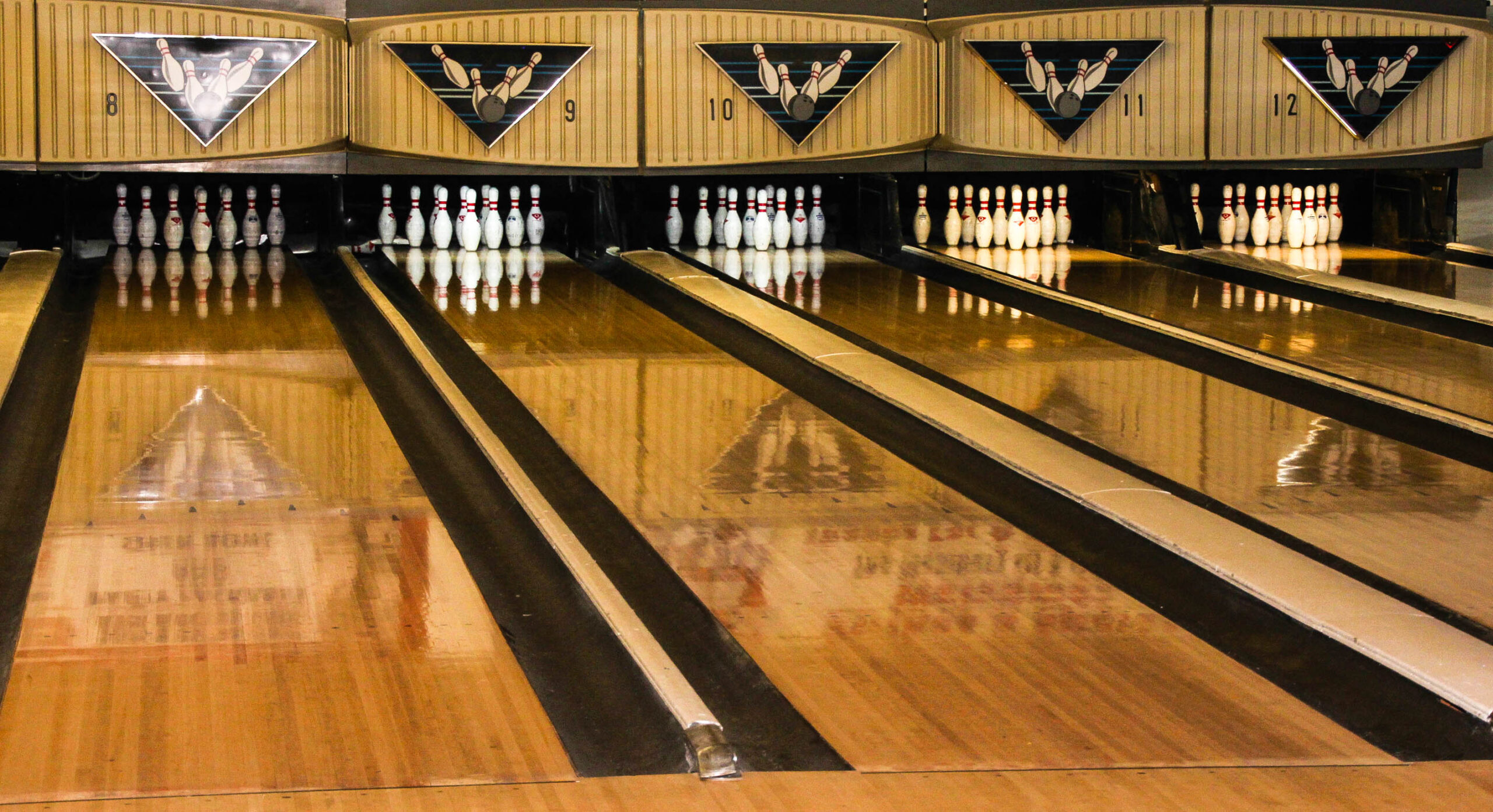Analyzing the Challenges in the Bowling Lane Industry

The bowling lane industry, once a staple of American recreational culture, has faced significant challenges over the past few decades, which only intensified in the last four years with the advent of the COVID-19 pandemic. There are a lot of reasons for these issues, including:
- Shifting consumer preferences
- Economic pressures
- The need for modernization
In this post, Game Brands explores these key challenges and considers strategies that industry members might want to try to help boost their revenues.
1. Shifting Consumer Preferences
One of the biggest issues for bowling lanes, and indeed the entire family entertainment industry, is the shift in consumer preferences towards digital entertainment options. With video games and streaming services now more available than ever (and usually much less expensive than a day out), the appeal of traditional physical activities like bowling has begun to drop. Millenials, Gen Z, and Gen Alpha in particular tend to prefer activities that offer quicker gratification and social connectivity, which they can get easily through digital platforms.
Strategic Response:
To address this challenge, bowling alleys need to innovate and diversify their offerings. Incorporating modern entertainment elements such as arcades, VR experiences, and social gaming can attract younger customers. Additionally, integrating technology within the bowling experience, like automated scoring systems and interactive lanes, can enhance engagement.
2. Economic Pressures
Economic fluctuations have a significant impact on consumer's discretionary spending, which in turn affects the bowling industry. During economic downturns, consumers often cut back on non-essential spending, including leisure activities like bowling, while the aforementioned streaming services tend not to take as much of a hit. Moreover, the high operational costs associated with maintaining bowling alleys, such as real estate, equipment maintenance, and labor, exacerbate these pressures.
Strategic Response:
Bowling alley operators should focus on cost management and operational efficiency. Implementing energy-efficient systems, optimizing staffing levels, and exploring bulk purchasing agreements for supplies can help reduce costs. Additionally, offering flexible pricing models, such as off-peak discounts and membership programs, can encourage consistent patronage even during economic downturns.
3. Aging Infrastructure
Many bowling alleys were established several decades ago and now face the issue outdated facilities and equipment, which not only detract from the customer experience but also lead to higher maintenance costs. Without significant investment in modernization, these facilities risk becoming obsolete.
Strategic Response:
Investment in upgrading facilities is crucial. This includes:
- Refurbishing bowling lanes
- Updating scoring systems
- Enhancing the overall aesthetic appeal of the alleys
Seeking funding through loans, grants, or partnerships can provide the necessary capital for these upgrades. Moreover, modernizing facilities can be positioned as a long-term investment, potentially increasing customer satisfaction and repeat business.
4. Competition from Alternative Entertainment
The rise of alternative family entertainment options, such as escape rooms, trampoline parks, and immersive cinema experiences, has intensified competition. These alternatives often offer novel and exciting experiences that can overshadow traditional or "less cool" activities like bowling.
Strategic Response:
The solution here is much the same as the solution to the preference for digital experience: bowling alleys should consider diversifying their entertainment options to remain competitive and creating multi-entertainment complexes that include a variety of attractions can draw in a wider audience.
However, in terms of remaining competitive with other family entertainment options specifically, you'd want to expand in a different direction: lean into the things that only a bowling alley can do. Hosting themed events, leagues, and tournaments can differentiate bowling alleys from other entertainment venues, as an escape room can't exactly have a "league."
Furthermore, partnering with local businesses and community organizations for joint promotions and events can help drive traffic.
5. Marketing and Engagement
Traditional marketing approaches may no longer be sufficient to attract new customers and retain existing ones. The rise of social media and digital marketing has transformed how businesses reach and engage with their audience. Bowling alleys that fail to adapt to these changes may struggle to maintain visibility and relevance.
Strategic Response:
Developing a robust digital marketing strategy is essential. This includes maintaining an active presence on social media platforms, engaging with customers through targeted campaigns, and utilizing data analytics to understand customer preferences and behaviors. Additionally, creating compelling content, such as videos and blogs showcasing the unique aspects of the bowling experience, can enhance online engagement.
6. Health and Safety Concerns
The COVID-19 pandemic has heightened awareness of health and safety concerns in public spaces, concerns which persist even as the pandemic becomes less immediate in the minds of patrons. Bowling alleys, with their high-touch surfaces and shared equipment, need to implement stringent health protocols to reassure customers and comply with regulatory requirements.
Strategic Response:
Adopting comprehensive health and safety measures is critical. This includes regular sanitation of equipment, enforcing social distancing guidelines, and providing hand sanitizing stations. Communicating these measures clearly to customers can build trust and confidence. Additionally, exploring options for contactless payment and online booking systems can minimize physical interactions.
What Does This Mean for my Bowling Alley?
The bowling lane industry faces a range of significant challenges, but these challenges aren't insurmountable. By diversifying entertainment offerings, modernizing facilities, optimizing operational efficiency, and leveraging digital marketing, lane owners can navigate these challenges effectively. Proactive adaptation and innovation are essential for the bowling lane industry to sustain its relevance and appeal in the evolving recreational landscape.
One thought on “Analyzing the Challenges in the Bowling Lane Industry”
Comments are closed.

Hi, this is a comment.
To get started with moderating, editing, and deleting comments, please visit the Comments screen in the dashboard.
Commenter avatars come from Gravatar.